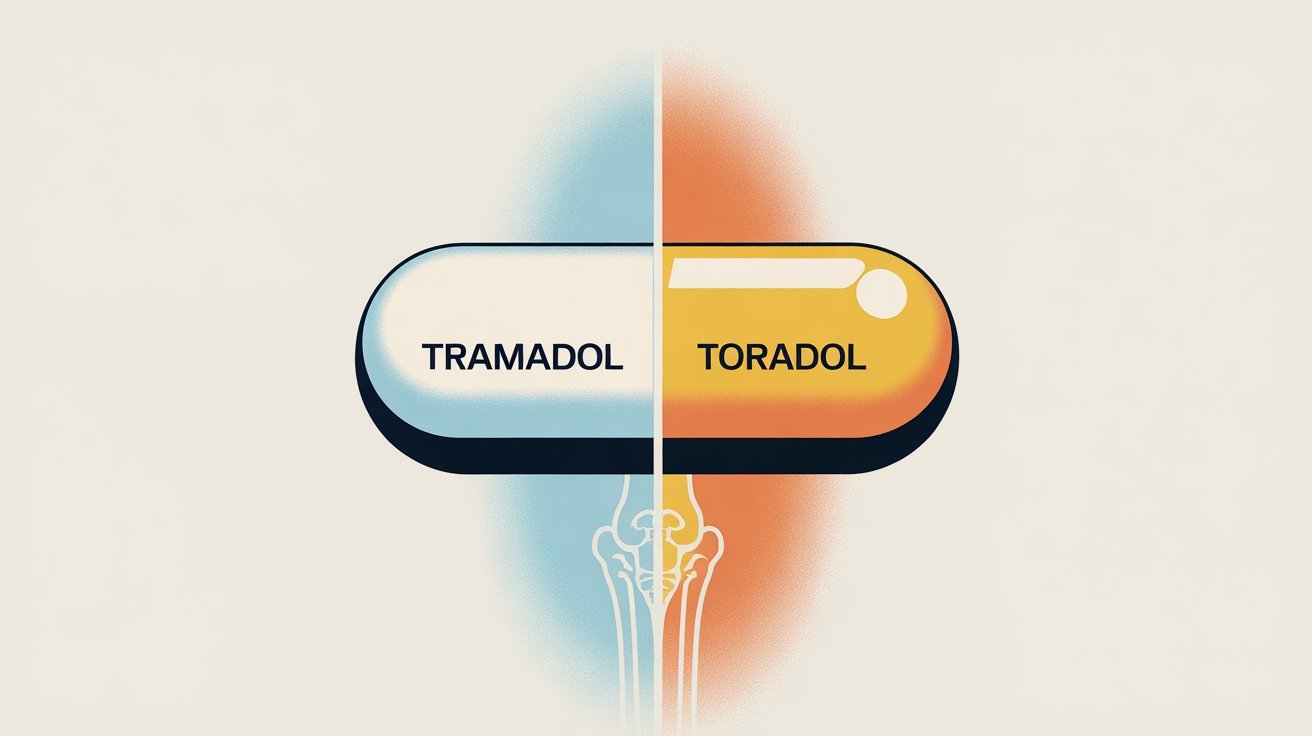Arthritis is a term used to describe inflammation of the joints, but it’s not a single condition. In fact, there are over 100 types of arthritis, with Osteoarthritis (OA) and Rheumatoid Arthritis (RA) being the most common. While both lead to joint pain and stiffness, they differ significantly in cause, symptoms, and treatment approaches.
In the quest for optimal health, advancements in pharmaceuticals continue to provide us with innovative solutions. One such breakthrough is Carticlas tablets, a remarkable supplement designed to support and enhance overall health. This article delves into the benefits, mechanisms, usage, and future potential of Carticlas tablets, providing a comprehensive understanding of how they can help you achieve your health goals.
Understanding the key differences between OA and RA is essential for accurate diagnosis, effective management, and long-term joint health.
What is Osteoarthritis (OA)?
Osteoarthritis is the most common type of arthritis, often referred to as “wear and tear” arthritis. It typically affects older adults, though it can develop earlier due to injury, overuse, or genetics.
Key Characteristics:
- Degenerative condition: OA occurs when the protective cartilage that cushions the ends of bones wears down over time.
- Commonly affected joints: Hips, knees, hands, and spine.
- Gradual onset: Symptoms typically develop slowly and worsen with age.
Symptoms of OA:
- Joint pain and stiffness, especially after activity or rest
- Reduced flexibility or range of motion
- A grating sensation or popping sounds in the joint
- Bone spurs or swelling around the joint
OA tends to be localized, affecting specific joints, and is not considered an autoimmune disease.
What is Rheumatoid Arthritis (RA)?
Rheumatoid arthritis is an autoimmune disease where the body’s immune system mistakenly attacks the lining of the joints (synovium), causing inflammation that can damage cartilage and bone.
Key Characteristics:
- Systemic condition: RA can affect multiple joints and other organs.
- Symmetrical involvement: If one hand or knee is affected, the other side is usually affected as well.
- Early onset: RA can begin at any age, commonly between 30 and 60 years old.
Symptoms of RA:
- Persistent joint pain and stiffness lasting more than 30 minutes in the morning
- Swollen, warm, and tender joints
- Fatigue, low-grade fever, and weight loss
- Flare-ups and remissions (periods of increased symptoms and relief)
RA is progressive and can lead to joint deformity if left untreated.
Key Differences Between OA and RA
| Feature | Osteoarthritis (OA) | Rheumatoid Arthritis (RA) |
|---|---|---|
| Cause | Wear and tear of cartilage | Autoimmune attack on joint lining |
| Onset | Gradual, age-related | Can occur at any age |
| Symmetry | Often one side of the body | Usually affects both sides |
| Inflammation | Mild to moderate | Often severe and systemic |
| Joint Stiffness | Worse after activity | Worse in the morning or after rest |
| Other Symptoms | Localized to joints | Fatigue, fever, general illness |
Diagnosis and Treatment
Diagnosis:
Both conditions require a combination of:
- Medical history and physical exam
- Imaging tests like X-rays or MRIs
- Blood tests (especially for RA to detect inflammatory markers like rheumatoid factor and anti-CCP antibodies)
Treatment Goals:
- Reduce pain and inflammation
- Preserve joint function and mobility
- Improve quality of life
Treatment Options:
- Medications: NSAIDs for both conditions; disease-modifying drugs (DMARDs) and biologics specifically for RA.
- Physical therapy: Helps maintain strength and flexibility.
- Lifestyle changes: Weight management, regular low-impact exercise, and joint protection techniques.
- Surgery: In severe cases, joint replacement may be necessary.
Final Thoughts
Osteoarthritis and Rheumatoid Arthritis are two very different forms of arthritis with distinct causes and treatments. While OA is more mechanical and degenerative, RA is inflammatory and autoimmune. Understanding these differences is key to managing symptoms and preventing joint damage.
If you or a loved one are experiencing joint pain, stiffness, or swelling, don’t ignore it. Early diagnosis and treatment—especially for RA—can make a significant difference in long-term outcomes. Speak to a healthcare provider to get the right diagnosis and build a treatment plan tailored to your needs.















Leave a Reply